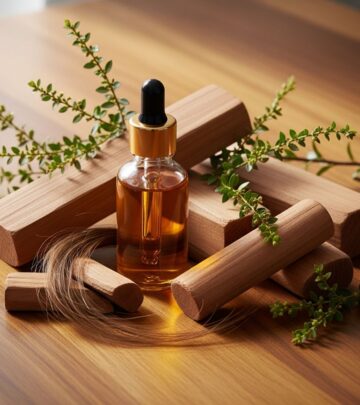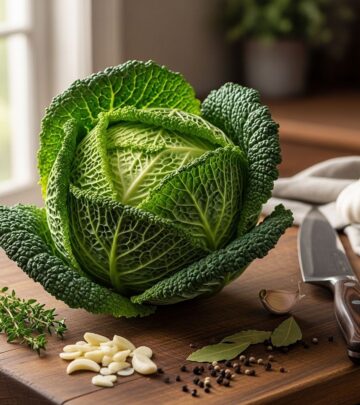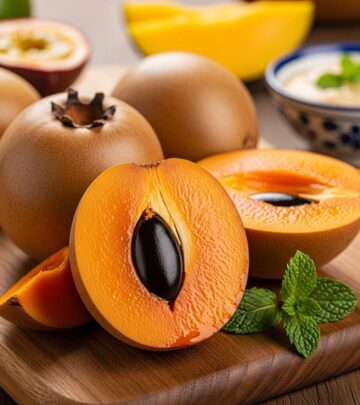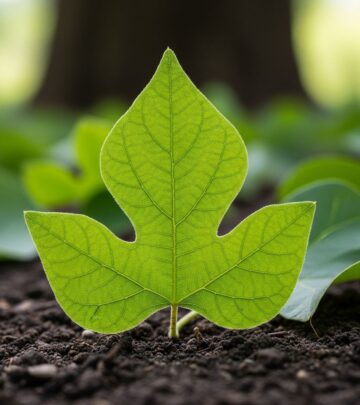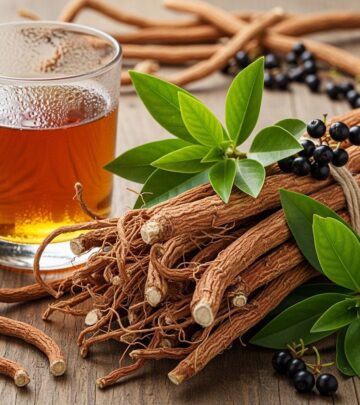Top 10 Natural Hair Bleach Methods for Safe, Healthier Lightening
Enhance your locks with gentle kitchen ingredients for gradual, damage-free brightness.
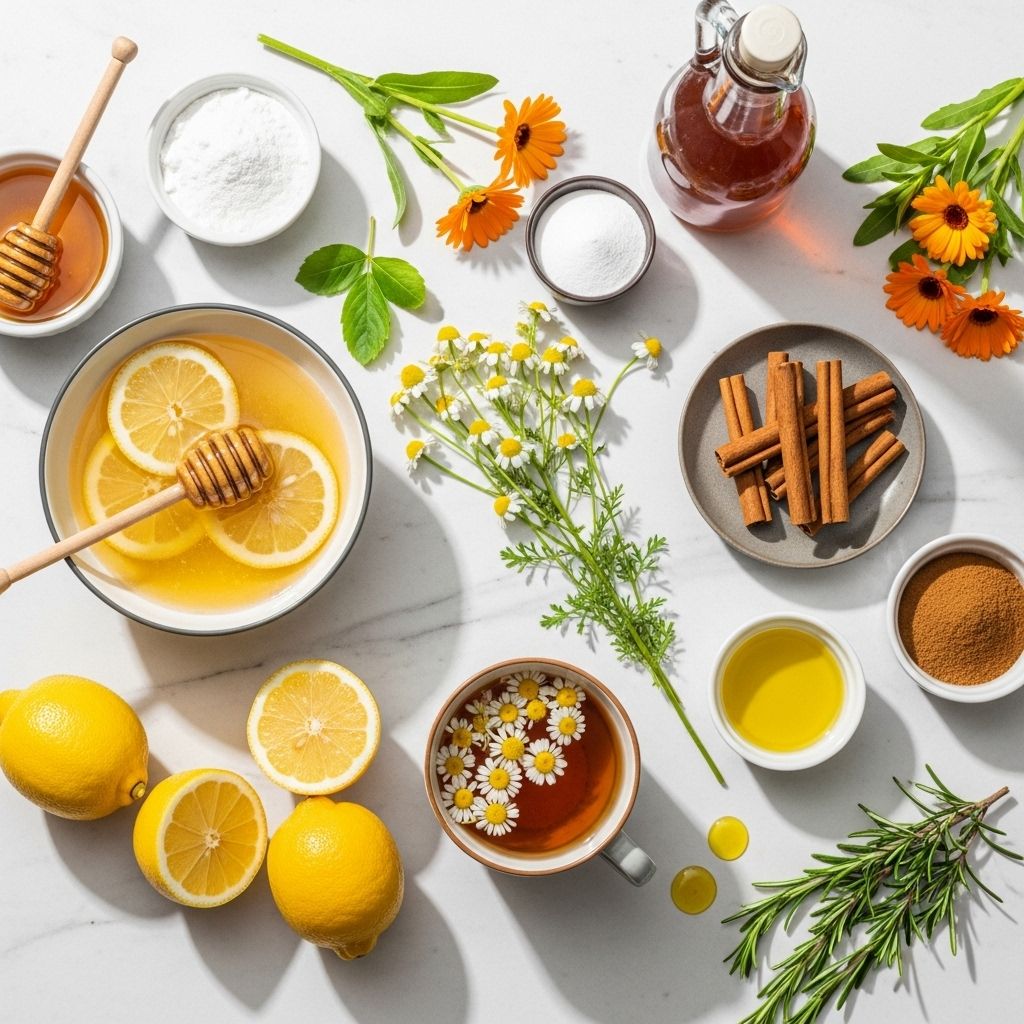
Dreaming of sun-kissed highlights or lighter strands, but wary of chemical bleaches? Natural hair bleaching methods can safely lighten your hair by a shade or two, often nourishing your tresses in the process. This comprehensive guide compiles the best natural hair bleaching solutions, their science, application tips, benefits, and important safety precautions for beautiful, healthier-looking hair.
What Is Natural Hair Bleaching?
Natural hair bleaching refers to using plant-based or non-synthetic ingredients to gradually lighten your hair color. Unlike conventional bleaches that rely on harsh chemicals such as ammonia or hydrogen peroxide, natural hair lighteners work more gently by lifting the existing pigment—also called melanin—in your hair. These methods typically cause less damage, are budget-friendly, and can be performed at home with common kitchen ingredients.
Why Choose Natural Hair Bleaching?
- Minimal Damage: Natural bleaches are less likely to dry out or break hair compared to commercial dyes.
- Safer Ingredients: Most recipes use food-grade or plant-based ingredients, making them safer for sensitive scalps.
- Gradual Lightening: You can control how subtle or dramatic you want your highlights to be through repeated application.
- Added Nourishment: Many methods include ingredients that also strengthen and moisturize hair.
- Eco-friendly: Avoiding chemical runoff and packaging is gentler on the environment.
10 Best Natural Hair Bleaching Methods You Can Try at Home
Each of these natural remedies leverages the lightening or acidic properties of its key ingredients, providing results that build with time. For most people, these will provide up to two shades of lightening with regular use. Let’s explore them in detail:
1. Lemon Juice
Lemon juice is a classic for natural highlights and lighter locks.
- The citric acid in lemon juice acts as a mild, natural bleaching agent when oxidized by sunlight.
- Best for: Lighter brown and blonde hair. Results are subtle on very dark hair.
- Avoid if you have sensitive skin or scalp; lemon can be drying.
How to Use:
- Mix 2–4 tablespoons fresh lemon juice with one cup water or conditioner.
- Spray or brush evenly onto damp hair, focusing on the areas you want to lighten.
- Sit in the sun for 30–60 minutes for best results. Always use sunscreen on exposed skin.
- Rinse thoroughly and follow up with a deep conditioner to replace lost moisture.
2. Honey and Cinnamon
Honey releases small amounts of hydrogen peroxide when diluted, gently bleaching and softening hair. Cinnamon enhances the effect and gives a warm tint.
- Works on most hair types and tones, though best on lighter shades.
- Acts as a hydrating treatment for dry hair.
- Test for skin sensitivity to cinnamon before full use.
How to Use:
- Mix 2 tablespoons raw honey, 1 tablespoon cinnamon powder, and 1 tablespoon olive oil.
- Add a few drops water for better spreadability.
- Apply generously to hair, then cover with a shower cap.
- Leave on for 2–4 hours (or overnight for deeper lightening) before rinsing out and shampooing as usual.
3. Chamomile Tea
Chamomile flowers have naturally lightening compounds—apigenin and azulene—that work particularly well on fair hair.
- Ideal for refreshing blonde and light brown tones.
- Makes hair feel soft and shiny.
How to Use:
- Brew 3–5 strong chamomile tea bags in 2 cups hot water.
- Let cool, then pour or spray onto clean, damp hair.
- Sit in sunlight or use a hairdryer for mild heat.
- No need to rinse; let hair air dry naturally for gradual results.
4. Apple Cider Vinegar
Apple cider vinegar (ACV) helps lighten hair slightly by exfoliating buildup and balancing pH levels. When paired with other lighteners, it boosts the effects.
- Good for all hair types, including oily scalps.
How to Use:
- Mix 1 part ACV with 6 parts water. Spray onto hair; leave on for 30 minutes then rinse.
- Or combine 1/4 cup strong chamomile tea, 1/4 cup ACV, and a squeeze of lemon juice for enhanced effect. Spray onto hair, let dry, and leave overnight before rinsing.
5. Baking Soda Paste
Baking soda possesses mild abrasive and cleansing properties that can gradually lighten hair, especially when exposed to sunlight.
- Effective for removing product buildup as well as lightening hair.
- May be drying with frequent use; follow up with a conditioner.
How to Use:
- Mix 1 tablespoon baking soda with water to form a paste.
- Apply to damp hair, concentrating on sections to be lightened.
- Leave on for 15–20 minutes, then rinse thoroughly.
6. Sea Salt Spray
Sea salt mimics the brightening effects of a day at the beach, intensified by sun exposure. Salt dehydrates the outer layer of hair, making pigment reflect more light.
- Perfect for adding a subtle, sun-kissed sheen to natural hair.
- Use with caution for dry or brittle hair.
How to Use:
- Mix 1 tablespoon sea salt in 3/4 cup warm water or strong chamomile tea.
- Stir or shake until salt dissolves.
- Spray on hair and sit in sunlight, or dry with a hairdryer on low heat for a beachy effect.
7. Vitamin C Mask
Vitamin C (ascorbic acid), especially from crushed vitamin C tablets or pure powder, can oxidize hair pigment and brighten strands.
- Helpful for removing stubborn dye or brassy build-up in lighter hair.
How to Use:
- Crush 5–10 vitamin C tablets and mix with enough shampoo to make a paste.
- Apply to damp hair, cover, and let sit for at least 45 minutes before rinsing and conditioning.
8. Henna with Lemon Juice
Henna is traditionally known for adding red-orange tones, but when diluted with lemon juice, it can gently lighten light brown or dark blonde hair.
- Great for those seeking warm, sunlit hues.
How to Use:
- Mix 2 tablespoons henna powder with enough lemon juice to form a thick paste.
- Apply to hair and let develop for 1–2 hours before rinsing thoroughly.
9. Olive or Coconut Oil with Lemon
Olive oil and coconut oil help prevent dryness from acidic bleaches while enhancing lightening effects, especially when combined with lemon juice.
- Prevents excessive dryness and breakage.
How to Use:
- Combine 2 tablespoons lemon juice, 1 tablespoon olive or coconut oil, and 1 cup water.
- Spray or brush onto hair, focus on lengths and tips.
- Let sit for 30–60 minutes before shampooing.
10. Sunlight Activation
Direct sunlight works as a mild bleaching agent, especially when paired with ingredients like lemon, chamomile, or sea salt. Just 15–30 minutes of sun exposure can boost results but always protect your skin with sunscreen.
Essential Pro Tips & Precautions for Natural Hair Bleaching
- Patch Test: Always perform a skin patch test for ingredients like cinnamon, lemon, or essential oils to avoid allergic reactions.
- Moisturize: Follow procedures with deep conditioning treatments or nourishing hair oils to prevent dryness.
- Avoid Mixing Chemicals: Never combine vinegar with hydrogen peroxide or other strong chemicals to prevent toxic gas formation.
- Pace Yourself: Natural bleach works gradually. Excessive or daily use may lead to dryness or breakage over time.
- Sun Awareness: While sun enhances some bleaching effects, it can also dry out and damage hair if overexposed. Limit time and wear a hat when not treating hair.
- Color Results Vary: All hair responds differently to natural bleaching; factors include natural color, porosity, and previous dye treatments.
Frequently Asked Questions (FAQs) About Natural Hair Bleaching
Q: How long does it take to see results from natural hair bleaching?
A: Most natural bleaching methods take multiple applications over several days or weeks for visible lightening. Expect gradual, subtle changes rather than dramatic shifts after one use.
Q: Can I bleach my hair naturally if it’s already color treated?
A: Natural bleaches are less likely to cause additional damage to color-treated hair, but results may vary or be unpredictable due to previous chemical processes. Always do a strand test first.
Q: Are natural bleaches safe for curly or textured hair?
A: Yes, but extra care with moisturizing is necessary, as curly hair is more prone to dryness. Incorporate oils or aloe vera into your routine.
Q: Which natural method works best for dark hair?
A: Methods containing honey, cinnamon, or vitamin C tend to show better results on dark hair, but expect subtle lightening, not a dramatic blonding.
Q: Can I use more than one method at once?
A: You can rotate between compatible methods—for example, alternating lemon and chamomile—but always monitor hair health and deep condition regularly.
Comparison of Natural Hair Bleaching Methods
| Method | Best For | Time to See Results | Moisturizing | Precaution |
|---|---|---|---|---|
| Lemon Juice | Light shades | 2–3 uses | No | May cause dryness |
| Honey + Cinnamon | Most types | 3–5 uses | Yes | Check for cinnamon sensitivity |
| Chamomile Tea | Blond, light brown | 3+ uses | Somewhat | Rare allergies |
| Apple Cider Vinegar | All tones | 3–5 uses | No | Avoid eye contact |
| Baking Soda | Build-up removal | Few uses | No | Can dry hair |
| Sea Salt Spray | Natural highlights | 2–3 uses | No | Dry, brittle hair risk |
| Vitamin C | Removing dye | 1–3 uses | No | May increase dryness |
| Henna + Lemon | Warm tones | 2+ uses | Somewhat | Red/orange tint risk |
| Oils + Lemon | Dry hair | Few uses | Yes | Check for allergies |
Aftercare: Caring for Naturally Lightened Hair
Natural bleaching techniques are gentle, but lightened hair needs special attention to prevent dryness and keep it healthy:
- Use sulfate-free shampoo and conditioner: Gentle cleansers preserve moisture and help color last.
- Deep condition weekly: Hydrate with masks or rich oils.
- Limit heat styling: Give hair a break to retain strength and reduce split ends.
- Protect from UV: Prolonged sun can dry out lighter hair—cover up if outdoors for long periods.
Conclusion
If you desire lighter locks but want to avoid chemicals, these ten natural hair bleach methods can give you gentle, gradual lightening with the added bonus of healthier, glossier hair. Always work patiently, care for your hair’s moisture, and enjoy your radiant, sunlit strands—naturally.
References
- https://www.gaiaherbs.com/blogs/seeds-of-knowledge/natural-alternatives-hair-bleaching
- https://www.renefurterer.com/en/en/hair-expert-dossier/blond-hair/techniques-for-lightening-hair
- https://prose.com/blog/how-to-lighten-hair-naturally-overnight
- https://www.brepea.com/ultimate-guide-how-to-bleach-your-hair-at-home-like-a-pro/
- https://www.goodhousekeeping.com/beauty/hair/a33209588/how-to-lighten-hair/
Read full bio of Sneha Tete

